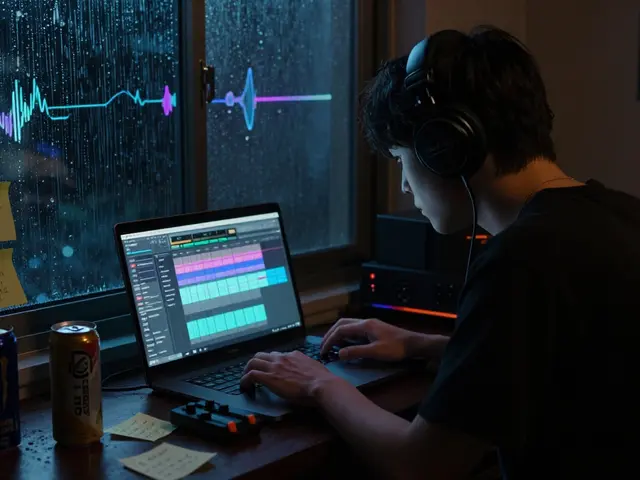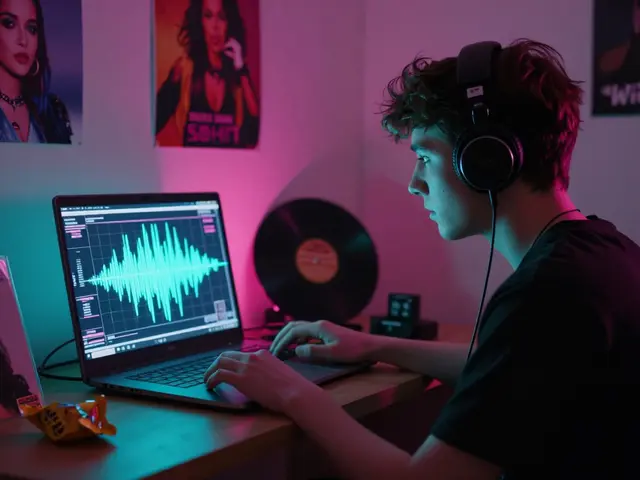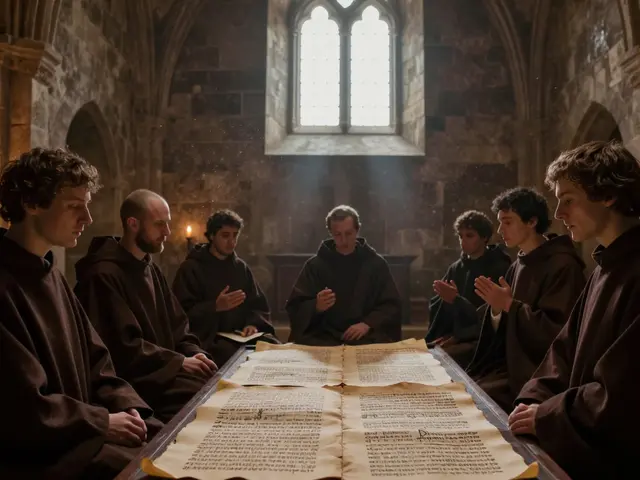The Inception of Soul Music and Its Dance Emergence
Have you ever wondered what prompted your foot to start tapping and your hips to start swaying when you listen to a catchy tune? It's not just the rhythm. It's something more profound, something visceral, something soulful. Well, that's Soul music for you! Rewinding back to its roots, Soul music sprouted in the African American community in the late 1950s and early 1960s from the seeds of gospel, Rhythm & Blues, and Jazz. Combining elements of African rhythms and spiritual lyrics, soul music injected a new kind of vibrancy into the world of music and dance.
The outpouring of emotions and melancholy lyrics typical to Soul music strike a chord with its listeners, making it more than just a genre. It's a feeling, a communication from the singer's soul to ours. And the dance part? That's our body's reaction to this invisible communication, as it cannot contain the overflowing feelings and energy amplified by the beats. My mother's joyous jives and carefree claps to the tunes of Aretha Franklin during our family Sunday lunches are permanent memories etched onto my heart.
Soul Music’s Resounding Influence on Dance Styles
The impact of Soul music on dance styles has been seismic, to say in the least. Soul music, characterized by its heartfelt emotion, rhythmic bass lines, and powerful vocals, naturally lends itself to expressive movement. It significantly contributed to evolving dance forms and inspiring new ones, which sought to embody the energy and passion of the songs in physical movement.
The emergence of soul-inspired dances was not merely confined within the African-American community from where it originated. Its influence transcended cultural and geographical boundaries, influencing dance floors globally. Be it the rhythmic solidity of the Cha-Cha-Cha, the unconfined swaying of the Disco, or the lively jumps of the Jitterbug, the essence of soul music runs like an undercurrent through various dance forms.
Stepping and Its Connection to Soul Music
One of the magnificent dance forms that flourished by feeding onto the energy of Soul music is Stepping. Originating in African-American fraternities and sororities, stepping is an intricate dance incorporating stomps, claps, and spoken word. It gained momentum during the Civil Rights Movement as a form of unspoken communication and representation of unity.
The rhythm and harmony of Soul music provided the perfect backdrop for stepping. The dance style itself mirrors the richness and complexity of this music genre. The syncopated beats of Soul music emphasize the offbeat steps and high-energy claps of stepping performances. Although I'm nowhere regarded as a great stepper, the times when I tried my foot at Stepping, propelled by the compelling tunes of Soul music, are priceless memories.
The Funk Phenomenon
When the groovy beats of Soul music infused with thumping bass, horns, and a contagious rhythm gave birth to Funk in the mid-1960s, it opened a new avenue for experimentation on the dance floor. Funk Music, a subgenre of Soul, redrew the boundaries of dance, allowing for creative movement, freestyling, and improvisation.
Whether it be the robot style of dancing or the popping and locking of the breakdance, the contribution of Funk (and essentially, Soul) to the dance phenom is undeniably substantial. I might not be able to do a flawless moonwalk (like the King of Pop, who rocked his moves to funk tunes), but my attempts at breakdancing during college parties (yes, you heard it right!) triggered stunning laughs (also a significant contribution to world happiness, mind you!).
Modern Interpretations: Soul Line Dance
Soul Music is not confined to history; it continues to evolve, inspiring numerous modern interpretations of dance. Soul Line Dance, for instance, has gained much traction among dance enthusiasts and is performed to R&B, Soul, and even Gospel music. Similar to country line dancing, Soul Line Dance involves people dancing in lines with synchronized movements.
This form, although relatively new, encourages an inclusive environment and promotes both individual and group participation. It underscores the unity aspect of Soul music, which, in its own assertion, brings people from different walks of life together on the dance floor. Having attended a handful of Soul Line Dance sessions, I can vouch for its appeal and grandeur.
Conclusion: Soul Music - The Heartbeat of Dance Expression
Soul Music has undeniably breathed life into the world of dance. Connecting deep-rooted human emotions and feelings through the heart-throbbing beats and expressive lyrics, soul music prompts our body into movement, releasing an intricate pattern of dance steps that reflect the melody and rhythm. As an avid music and dance enthusiast, I can say, without a flicker of doubt, that Soul music and dance are intertwined, each feeding off the other's power and illumination.
From Stepping to Breakdance, to Soul Line Dance, the music genre continues to contribute significantly to the innovation and transformation in dance culture. Each splash of sound, each stroke of lyrics, each strumming of strings concealed within a soulful song, provokes a corresponding synthesis of steps and moves, weaving an unmatched dance performance. It's not just about the dance steps; it's about the story that your body narrates through these steps.




